In the performing arts of Then, there are two main dances, which are Chau dance and Sluong dance. These two dances are often performed by Then artists mainly in the coming-of-age ceremonies, Then friend festivals in early spring every year, swallow festivals in early spring, longevity celebrations, housewarming ceremonies, and full-month celebrations. The main props for Chau dance and Sluong dance are the fan, the Tinh lute, and a set of musical instruments.
Sluong dance is performed in parallel with songs, such as: Then leads the Then army to reclaim the wasteland to establish a village. In this dance, Then artists transform into old farmers going up the mountain to cut trees, clear the forest, level the mountains to create fields, build houses, the dance movements are simulated according to the movements: cutting trees, plowing the fields, building banks, chiseling pillars, cheering when erecting pillars to build a house, chasing chickens and ducks into the barn, chasing buffaloes and cows in the forest, throwing nets to catch fish. Sometimes the movements have to be strong like a martial arts movement when describing fighting with wild animals and enemies. The dance movements are always strong, decisive but still very rhythmic, flexible and soft. The fan and the instrument are simulated as labor tools (knives, plows, hoes, saws, chisels), Then artists are disguised as buffaloes and cows plowing. In the "crossing the sea" dance, the artists transform into boatmen rowing across the sea to the flower mountain, the flower mountain is the land of the Holy Mother. The dance movements imitate the movements of rowing a boat, sometimes leisurely gliding on the waves when the sea is calm, sometimes tensely overcoming big waves and storms at sea. The Then troupe must row steadily to ensure the absolute safety of the boat and the Then lords.
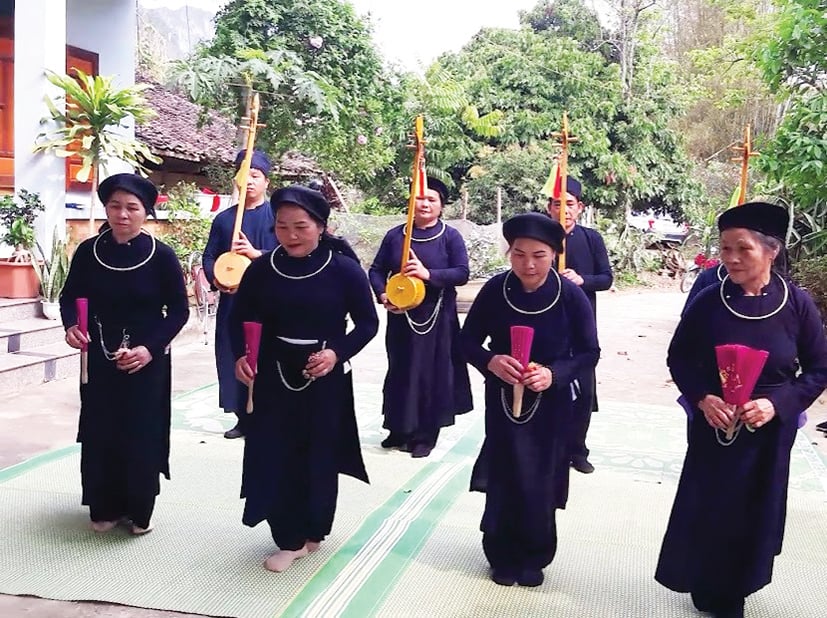
In the Then performance, the Then lords often perform the Chau dance in parallel with the song of Chau for ancestors, Chau for the king, Chau for the god of heaven... The dance movements are decisive, leisurely, graceful, gentle, and symbolic; they simulate the operations of production labor, from plowing, harvesting, raising, caring, hunting, creating products that are present in the offering tray. The dance offering offerings to the ancestors of the newly-enthroned Then lords, the dance offering offerings to the Then parents (the ones who enthroned the Then lords) shows the respect and appreciation of the Then lords, representing their descendants, for their ancestors. The dance offering offerings when entering the king's palace, the Then lords, representing all the people, show their respect and gratitude to the king for protecting the people and allowing them to have a peaceful and prosperous life. Dancing to present offerings when attending the Jade Emperor (God of Heaven), the Then lords represent all people to show respect and thank God for giving all people four seasons of favorable weather, good crops, and the growth and development of all species. In the Chau dance, the Then lords mainly perform dance movements to the accompaniment of music, while the accompaniment and singing are performed by one person or a group of people who act as shamans; in the Then lord's coming of age ceremony, that person or group of people is called "khoa quan" who specializes in singing for the Then lords to perform the Chau dance.
Couple dance and solo dance are two simple dances. Then lords often dance in ceremonies to dispel bad luck at the beginning of the year, to celebrate new houses, to celebrate longevity, to celebrate a full month of a newborn baby, to send off the souls of the deceased to the eternal world... At these ceremonies, Then lords often dance to offer offerings to their ancestors. The offering dance is a joyful dance, with gentle dance movements showing respect and reverence for the ancestors. The dance to exorcise evil spirits, the movements in this dance are decisive, resolute, and strong. The dance to bid farewell to the souls of the deceased, the slow, gentle dance movements combined with the sad sounds of music create a desolate and miserable space. The dance to celebrate longevity, the dance to celebrate a full month of a newborn baby, the dance to celebrate a new house, and the new rice celebration are joyful dances, with leisurely, gentle movements, combined with happy and peaceful songs, and lively music .
According to Meritorious Artist Hoang Van Thieu, Na Ngai hamlet, Dong Khe commune, the dance movements in Then are very diverse, many are skillful and express humanity very clearly, sometimes clinging, sometimes strong, sometimes climbing mountains until out of breath, sometimes leisurely watching the sky and earth, sometimes weeding rice, sometimes happily tossing shuttlecocks, catching swallows, leisurely sitting spinning and weaving. All the dance movements are symbolic of the lives of the people.
Dance in Then performing art is the expression of Then artists' activities in both spiritual and artistic aspects; it smoothly combines the sequence of the performance's content and the purpose and meaning of the ritual, contributing to making Then performance more attractive because of its appeal imbued with the spiritual theatrical elements of Then.
Currently, in the trend of tourism development, Then dance is also an issue that needs attention, can be put into service in tourist attractions, contributing to promoting the traditional culture of the nation, especially promoting, spreading and enhancing Then heritage to domestic and foreign tourists.
Source: https://baocaobang.vn/mua-trong-then-nhung-bieu-trung-cuoc-song-cua-dan-toc-3179051.html


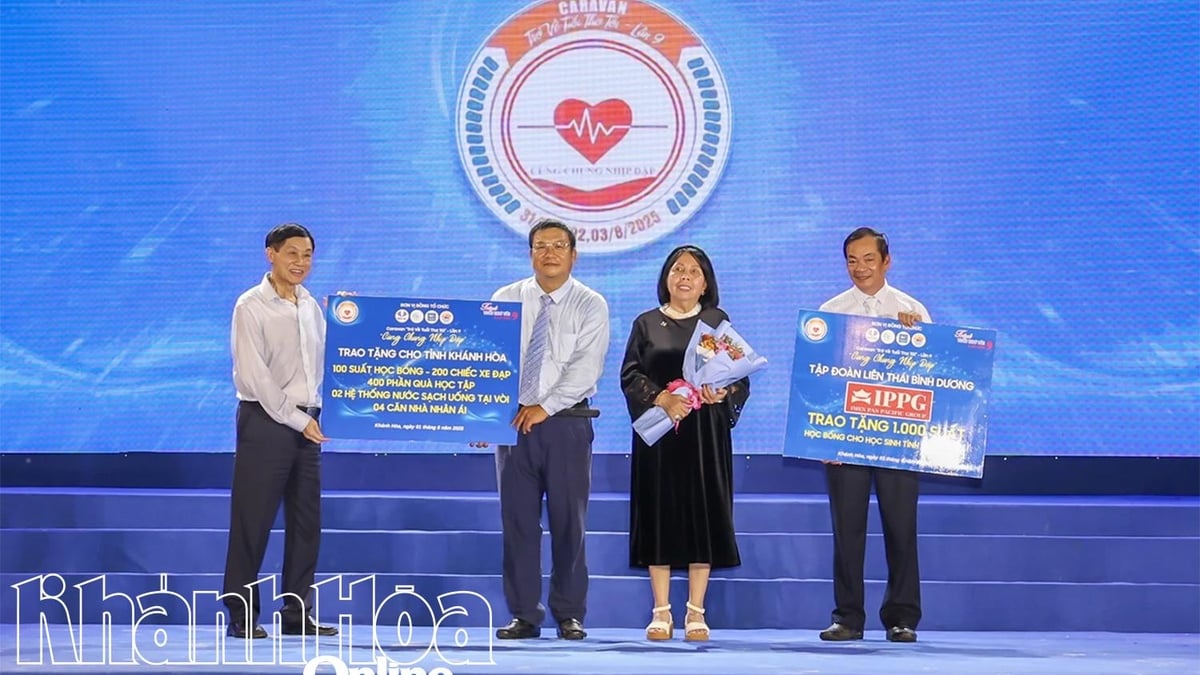
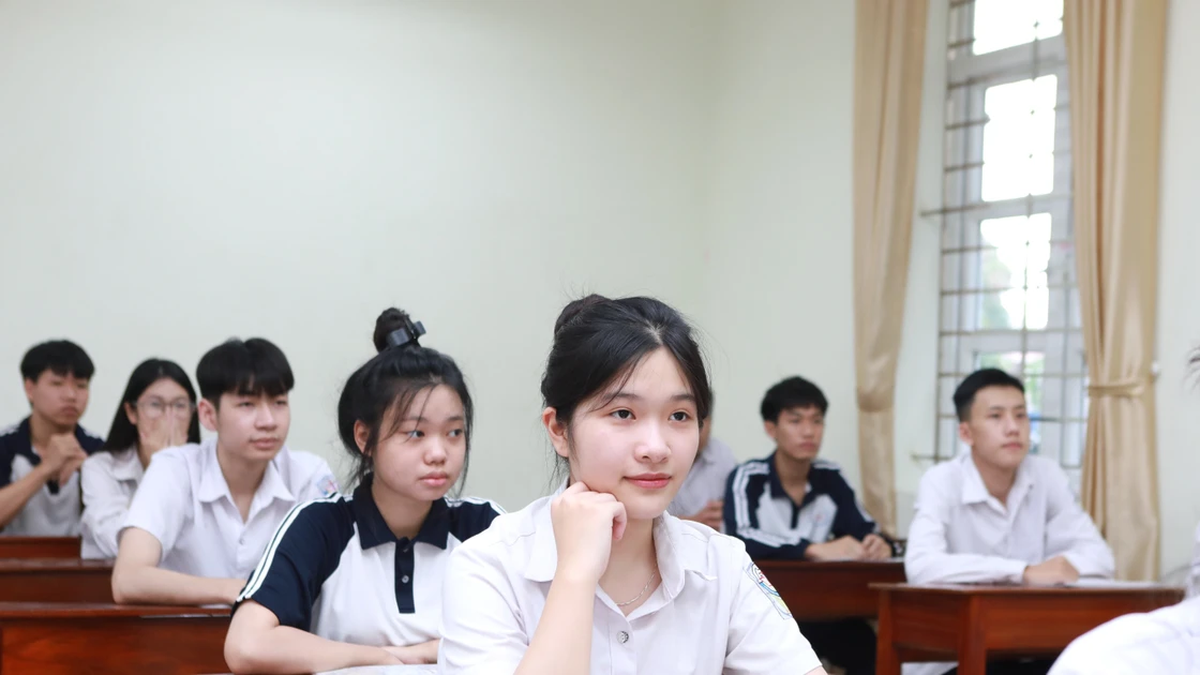
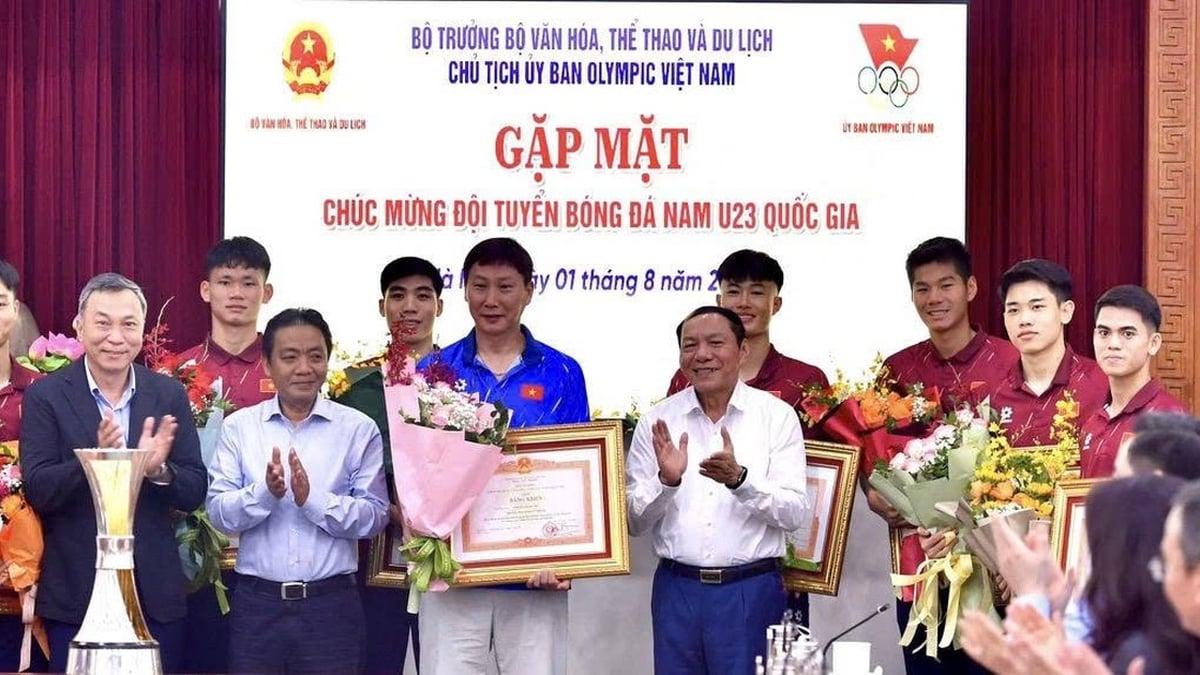

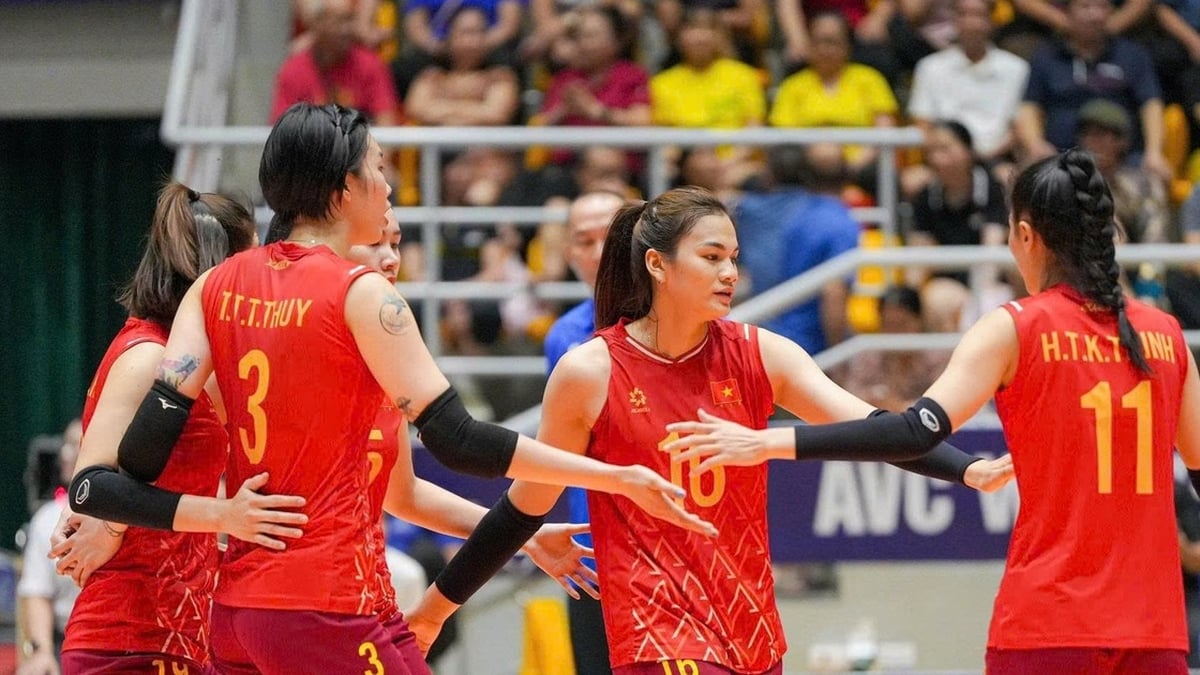

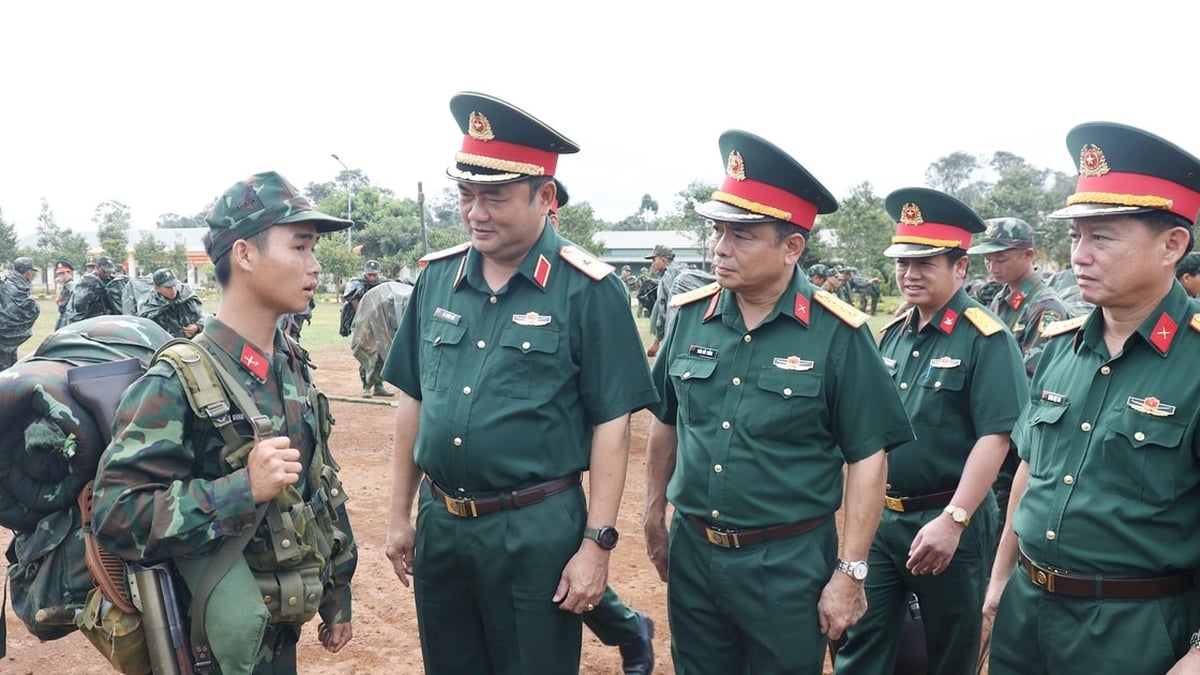
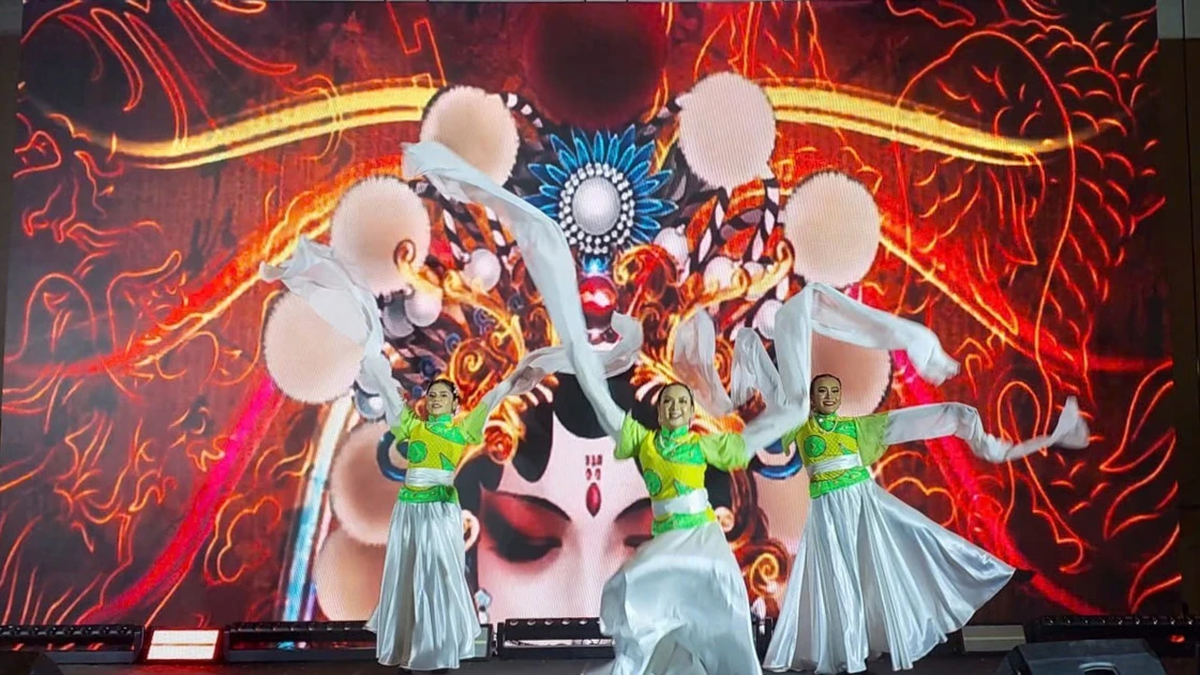
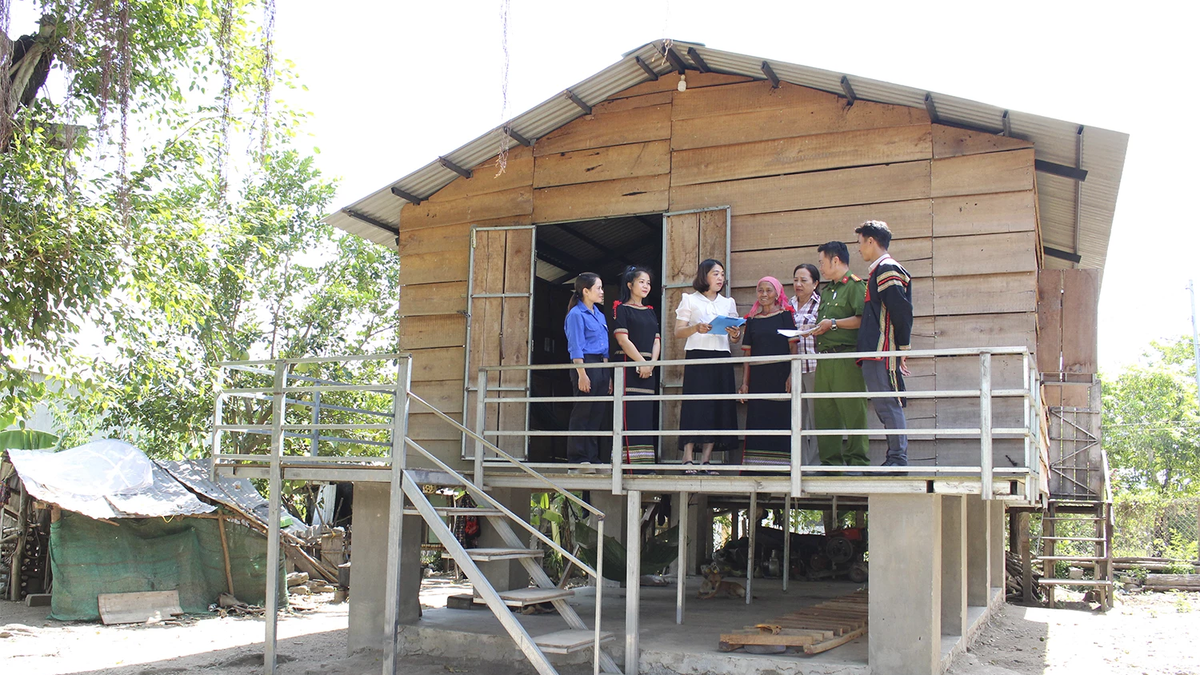
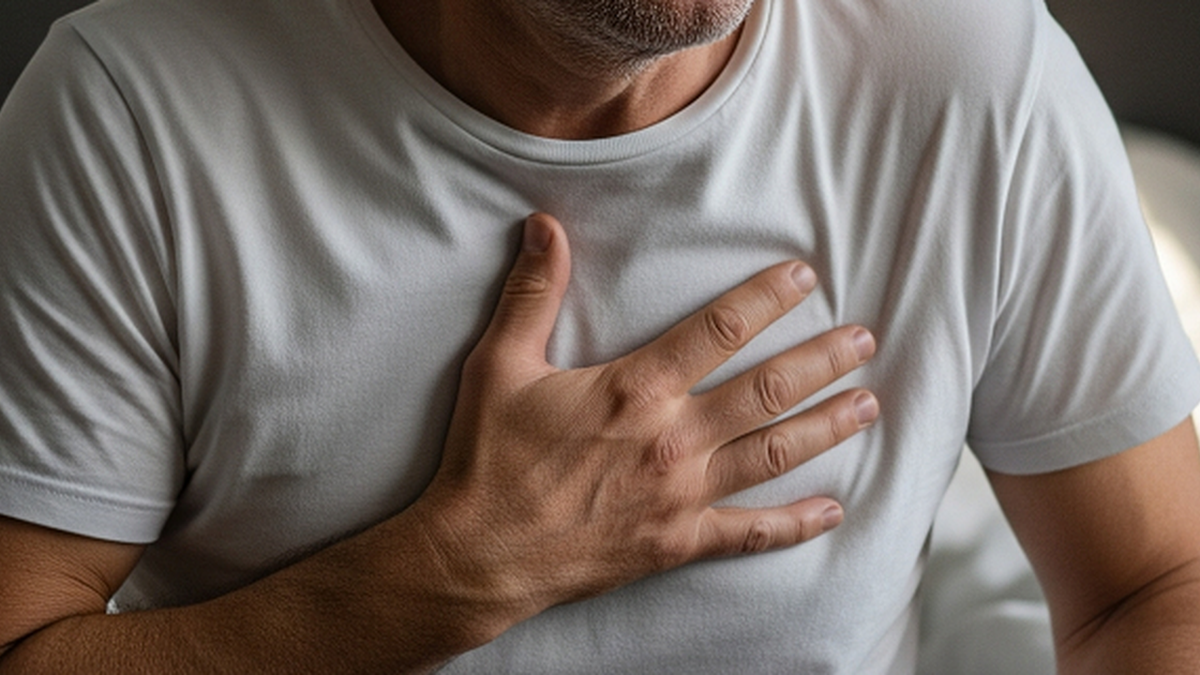






















































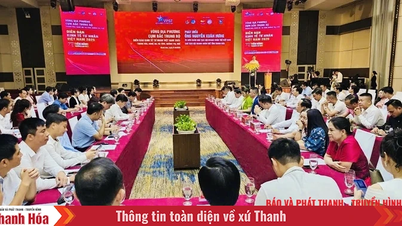

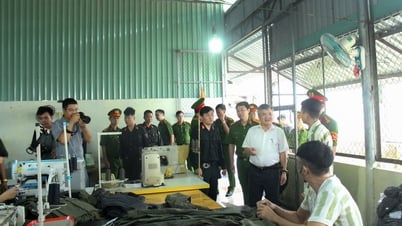


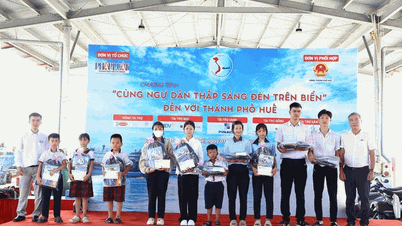






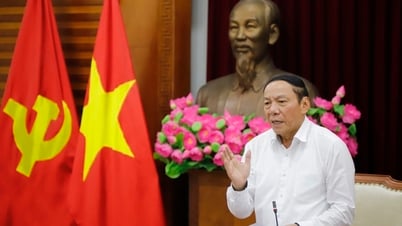
























Comment (0)